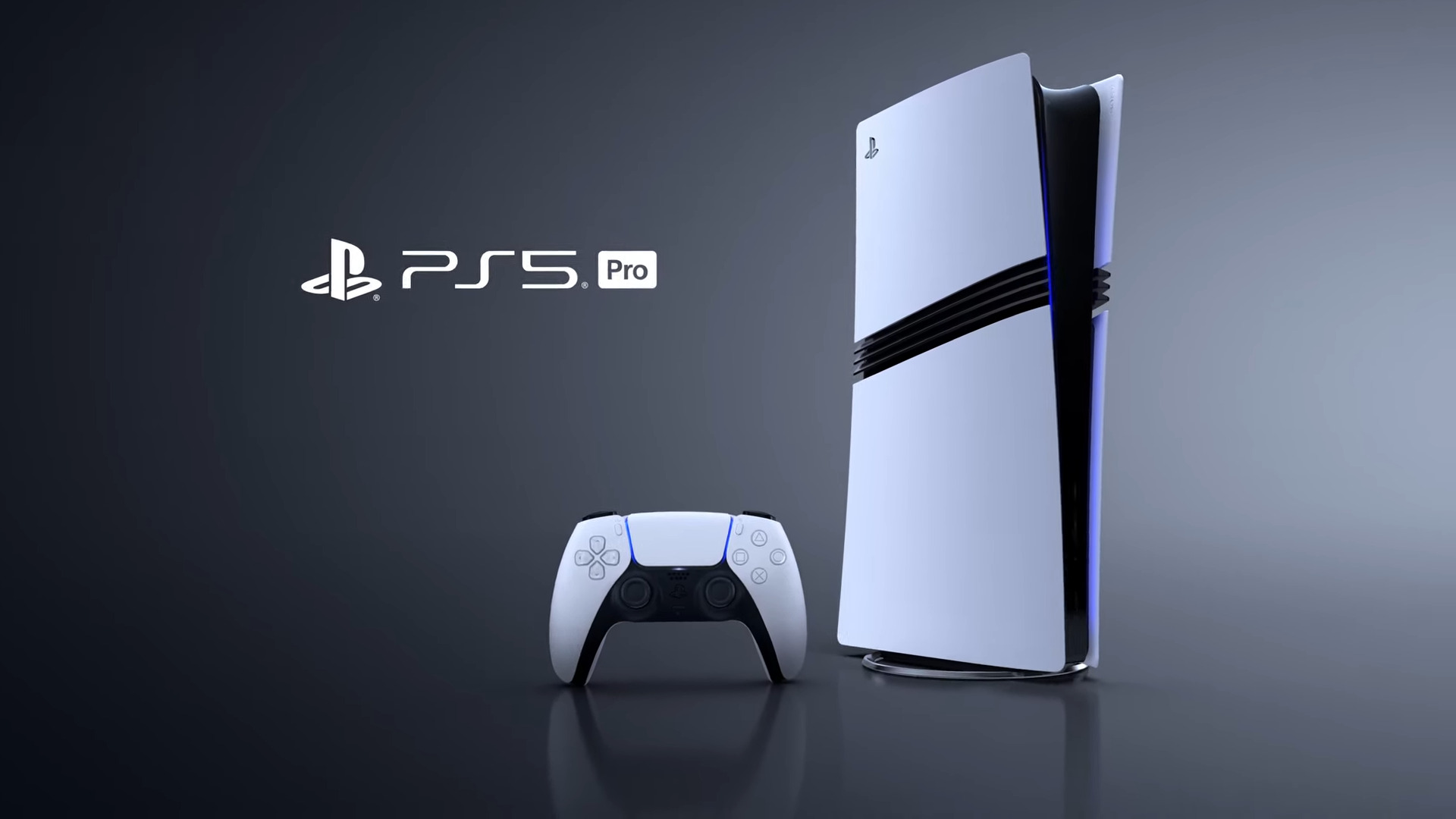
As a seasoned PC builder with over two decades of tinkering under my belt, I must say that this proposed build is quite impressive for its price point. The Asus Prime B550 Plus ATX motherboard is a reliable choice and offers a solid foundation for our components without breaking the bank.
Since its launch in November 2020, Sony’s PlayStation 5 has been flying off shelves, with no signs of demand decreasing. The combination of robust hardware and an ongoing stream of exclusive games has led to a series of generally smart choices for the Japanese video game company during this console era.
Following the trends set by the previous generation, it’s been reported that the PlayStation 5 could receive an upgrade midway through its lifecycle, known as the PlayStation 5 Pro. There’s been a bit of discussion about the practicality of this new console, but the tech enthusiast in us is always intrigued by the possibilities. A natural question arises: if we were to build a comparable PC using readily available components and current market prices, how much would it cost?
Before starting out with the feature, it’s important to mention that we have only used off-the-shelf prices for brand-new components – and building out a comparable PC with used components will undoubtedly come at a much cheaper cost. Also, we have tried to include components that were close to the PS5’s hardware as it’s not feasible to have a 1:1 component list. And finally, the prices for these parts may change in the future. With that out of the way, let’s begin!
The CPU
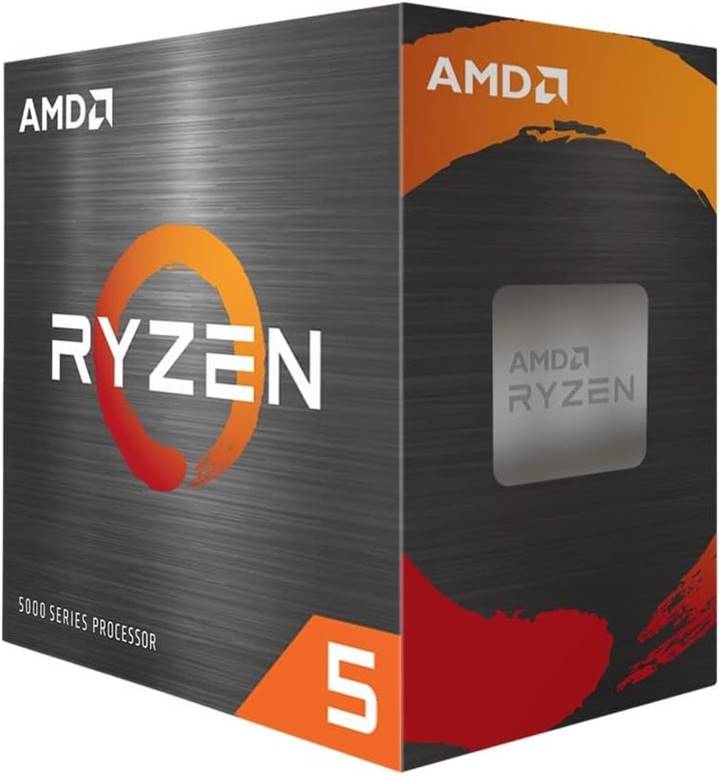
The PlayStation 5 sports a custom chip built on Zen 2 architecture, comprising eight cores and 16 threads. This is accompanied by capabilities for higher clock speeds to enhance performance. This boost in single-core power has paved the way for developers to explore advanced possibilities, such as intricate physics engines and realistic virtual environments, among other things. Regarding the Pro model, Sony maintains the same chip, but it’s been suggested that some overclocking and fine-tuning (referred to as “High Frequency mode”) could be implemented, potentially boosting performance by 10% on the upgraded chip.
For our computer build, we’ve opted for the Ryzen 5 5600, which costs approximately $115 on Amazon. This is the same chipset we used in our comparison with the PS5, and since we aim to construct a machine of similar specifications as the base model, it doesn’t seem reasonable to spend more money unnecessarily. With six high-speed cores that support multithreading, this CPU should effortlessly manage a variety of both single-core and multi-core tasks without compromising graphics performance.
The GPU
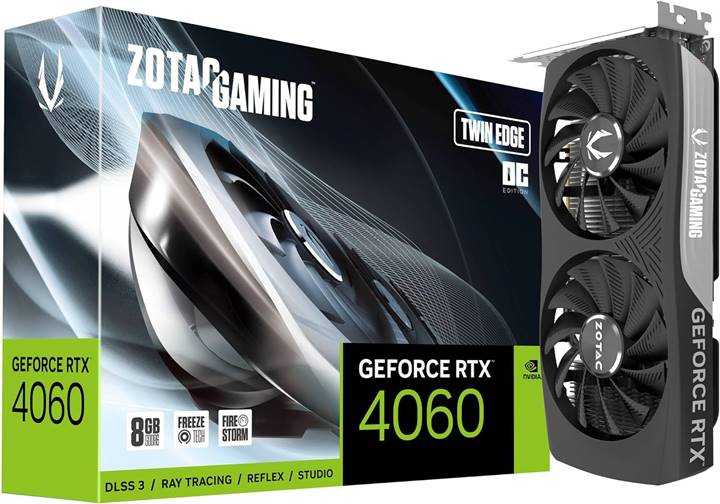
The GPU plays a crucial role as the core of any gaming system, so it’s logical for Sony to focus most hardware enhancements there. The PS5 Pro, while sharing the same RDNA2 architecture with its younger counterpart, offers improved performance due to an increase in cores and memory, according to Sony’s statements. The GPU is said to have approximately 33.5 TFLOPs of power, with about 60 compute units, which is 24 more than the standard PS5 Pro. Furthermore, enhanced RT features and AI-based upscaling thanks to PlayStation Spectral Super Resolution are expected to enhance game performance and visual quality at high resolutions in a more efficient manner.
If you’re aiming for that performance standard, the RTX 4060 appears to be a promising choice. With its 8 GB GDDR6 memory and the cutting-edge Nvidia Ada Lovelace architecture, it promises top-notch features such as DLSS and advanced ray tracing cores, all while providing sufficient memory to manage these effects at resolutions similar to the PS5. Additionally, it should work well with your CPU, allowing both parts to operate at full capacity without hindering each other’s performance. The RTX 4060 retails for $299.
RAM
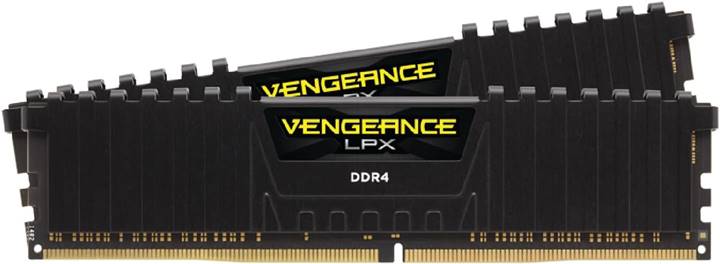
For the memory, we will be going with our trusty Corsair Vengeance DDR4 3200MHz kit, which costs around $41 on Amazon. The PS5 Pro shares the same 16 GB of system memory across both the CPU and GPU, which technically makes our 16 GB overkill – but some games are not optimized well enough on PC to produce similar performance in the same amount of memory which is why it makes total sense to go for a 16GB memory kit. Running memory in dual channels also yields better results, so that’s another point of consideration. One could also throw in 32 GB instead for future-proofing purposes, but 16 GB should be good for a one-to-one build for now.
Motherboard
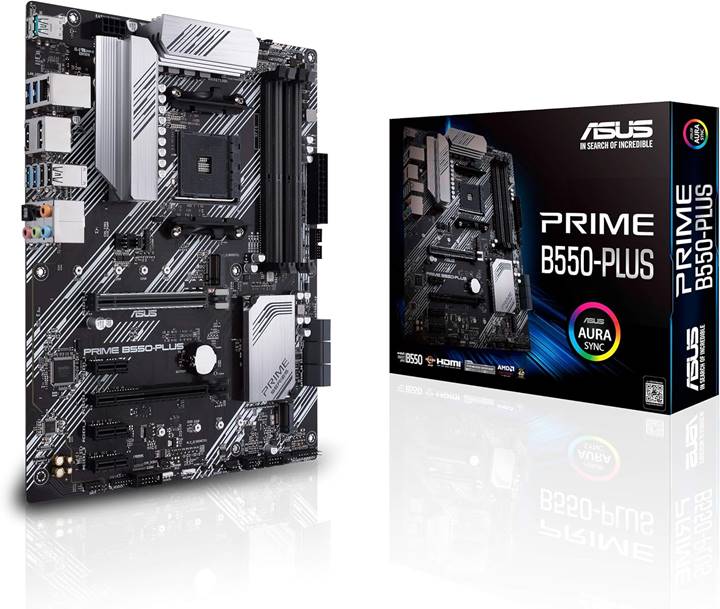
We’ve chosen the Asus Prime B550 Plus ATX motherboard for our needs. This board is compatible with our other components without requiring any BIOS updates, and its budget-friendly price of around $99 makes it an economical choice. Although it doesn’t boast an extensive list of advanced features, at this cost, it provides decent value.
Storage

The upgraded version of the PlayStation 5, or the PS5 Pro, boosts its storage capacity from 825GB to a whopping 2TB compared to the standard model. This is quite strategic as modern-day video games often require hundreds of gigabytes for installation, making it challenging to store more than a few games on the base version. Meanwhile, our computer will be getting an upgrade with a Samsung 990 EVO PCIe 4.0 SSD, also offering 2TB of space, priced at $129. Although load times may not exactly mirror each other due to differences in architecture between the PS5 and PC, they should still make for a good pairing.
PSU

The PSU is always the most important piece of the puzzle when it comes to PC building, and there’s no tangible reason to skimp out on a quality piece from a recognized manufacturer. Ticking those boxes without breaking the bank, we have the NZXT C1000 PSU which provides enough juice to power our system and the 80+ gold-certified rating is also a much appreciated badge of safety. It sells for $129 on Amazon and should serve as a good fit for our purposes.
Cabinet
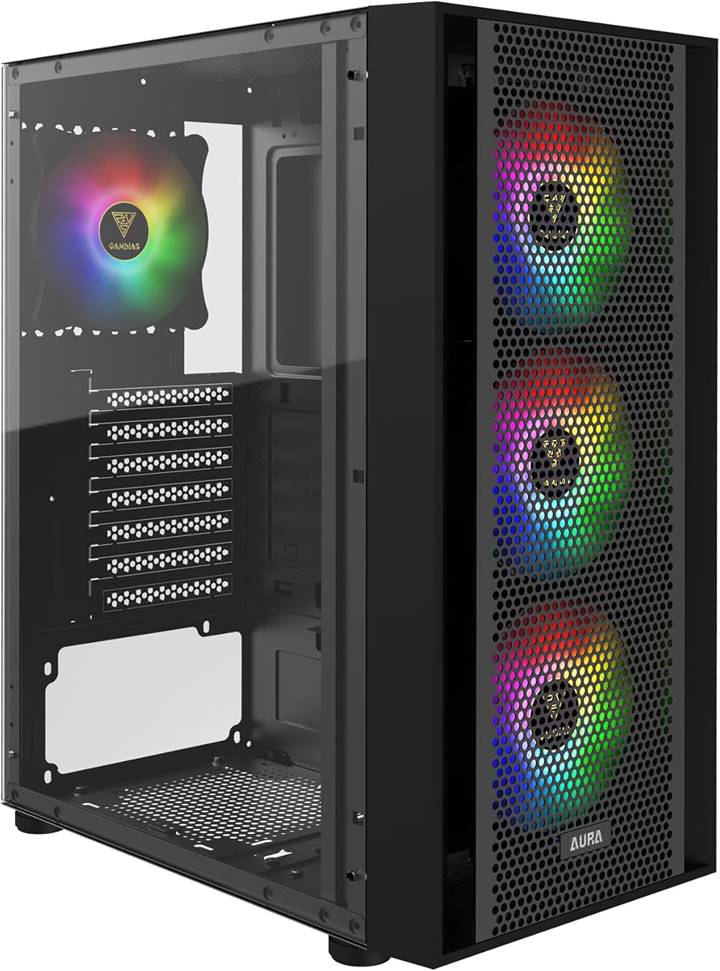
For the cabinet, we are going with the GAMDIAS ATX Mid Tower Gaming Computer PC Case with Side Tempered Glass. As the name suggests, the case features a tempered glass side panel, minimal RGB lighting, and 4 fans to ensure good airflow. While it’s not the most aesthetically pleasing case on the market, it gets the job done at a good enough price – and you could always spring up more cash for a better-looking case in a more practical scenario. The GAMDIAS ATX Mid Tower comes in at $55 on Amazon.
Conclusion
The estimated price for our suggested PC build, taking into account all the specified components, is approximately $867. However, it’s important to note that additional costs such as a keyboard-mouse combo, Windows license, and other peripherals would increase the total cost to around $1000.
To summarize, the PC version is priced significantly higher than the $700 retail price of the PS5 Pro, but it presents a more intriguing contrast when we compare them directly. The difference between the two systems has reduced considerably since the initial release of the PS5. The PS5 Pro boasts superior performance due to advanced AI upscaling capabilities and a larger GPU budget, and it will be fascinating to observe how these features unfold in the upcoming months.
Read More
- PI PREDICTION. PI cryptocurrency
- WCT PREDICTION. WCT cryptocurrency
- Gold Rate Forecast
- Guide: 18 PS5, PS4 Games You Should Buy in PS Store’s Extended Play Sale
- LPT PREDICTION. LPT cryptocurrency
- Elden Ring Nightreign Recluse guide and abilities explained
- Solo Leveling Arise Tawata Kanae Guide
- Despite Bitcoin’s $64K surprise, some major concerns persist
- Chrishell Stause’s Dig at Ex-Husband Justin Hartley Sparks Backlash
- Playmates’ Power Rangers Toyline Teaser Reveals First Lineup of Figures
2024-09-22 17:41